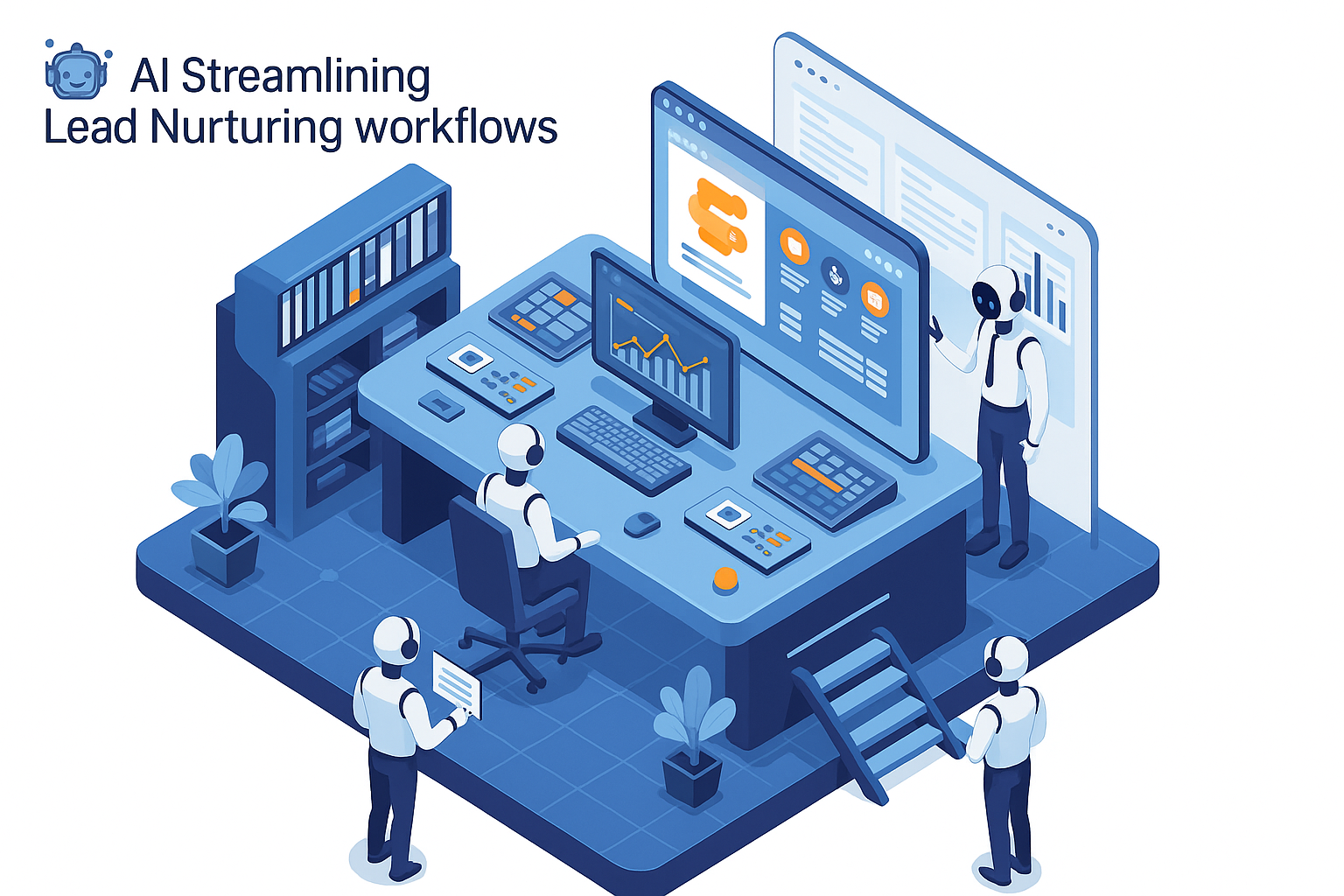I'm about to tell you about the most exciting piece of tech that's going to completely transform how we work with AI. And trust me this tech trend is something to watch out for.
It’s something that’s genuinely revolutionary.
The Painful Reality of AI Before MCP
Let me paint you a picture of the AI world pre-2024. Imagine having a ridiculously smart assistant who can talk about anything – but can't actually DO anything.
Want to pull a report from your database? Nope. Need to edit a design or control an app? Forget about it. Hoping to automate a complex workflow? Ha! Good luck.
It was like having a Ferrari engine trapped in a golf cart. All that potential, zero ability to actually move.
The Integration Nightmare For LLMs
Before Model Context Protocol (MCP), connecting an AI to a tool was like performing brain surgery with a butter knife and a prayer. Every single integration was:
- Completely custom-coded
- Brutally expensive
- Incredibly fragile
- A developer's worst nightmare
I've seen teams spend months – yes, MONTHS – just trying to get an AI to talk to a single internal tool. By the time they finished, the technology had already moved on.

The MCP Revolution is A Universal Translator for AI
Enter Anthropic's Model Context Protocol. And when I say "enter," I mean it burst through the door like the Kool-Aid Man, completely shattering how we think about AI integration.
Think of MCP like the the ultimate Swiss knife of artificial intelligence. One standard that just works everywhere, every time.
What Makes MCP Different?
Before MCP, AI was like a brilliant foreign exchange student who knew everything but couldn't communicate outside a very narrow context. Now? It's a global diplomat with perfect language skills and an incredible ability to get things done.
With MCP, an AI can now:
- Dive deep into your database and extract insights
- Edit complex design files in Figma
- Manipulate music production software
- Generate production-ready code
- Create and manage GitHub pull requests
- Analyze complex system logs
- Coordinate across multiple tools and platforms
And here's the mind-blowing part: all of this happens through natural, conversational language.
A Day in the Life with MCP: Real-World Magic
Let me walk you through a scenario that would've been science fiction just a year ago.
The Bug Squashing Scenario
Imagine a bug report comes in at 2 AM:
- The AI reads the entire codebase within seconds
- Analyzes the specific issue in context
- Generates a potential fix
- Creates a detailed pull request
- Runs initial tests
- Notifies the relevant team members
- Provides a comprehensive breakdown of the problem and solution
And here's the kicker: not a single human touched this process. Zero manual intervention.
.png)
Under the Hood: How MCP Actually Works
MCP isn't just magic – it's brilliantly engineered magic.
The Architecture of Intelligence
At its core, MCP creates a universal translation layer between AI and software tools. It's like having a universal power adapter that works in every country, except this adapter translates complex technological languages.
Key Components:
- MCP Servers: Intelligent adapters that understand specific tools
- MCP Clients: The AI's communication brain
- Protocol Layer: The translation mechanism that makes everything work seamlessly
Real-World Translation
Let's break down what this actually means. Before MCP, if you wanted an AI to interact with, say, your Salesforce CRM, you'd need:
- Custom API integration
- Specific authentication protocols
- Handcrafted communication scripts
- Constant maintenance
With MCP? You basically just say, "Hey, can you pull the latest lead information and generate a summary?" And it just... works.
.png)
The Business Impact: Why Leaders Should Care
This isn't just cool tech. This is a fundamental reshaping of how businesses operate.
Concrete Benefits
- Reduce integration development time by 60-70%
- Create more flexible, adaptive AI systems
- Lower total cost of AI implementation
- Enable faster innovation cycles
- Break down technological silos
One of my clients reduced their AI integration costs from $250,000 to under $50,000. And their system became 3x more powerful in the process.
The Current Limitations (Because Nothing's Perfect)
Let's get real. MCP isn't a magic wand. Current challenges include:
- Evolving security models
- Varying AI model capabilities
- Complex multi-tool orchestration
- Consistent performance across different environments
But these are growing pains. The potential far outweighs the current limitations.
Who Should Be Paying Attention?
- CTOs and Technology Leaders: Your AI strategy just got a massive upgrade
- Developers: Say goodbye to endless custom integration work
- Product Managers: Imagine building products that can truly adapt
- Startups: This is your chance to leapfrog bigger, slower competitors
.png)
The Larger Technology Landscape
MCP is doing to AI integration what cloud computing did to infrastructure. It's not an incremental improvement – it's a complete reset of what's possible.
A Glimpse of the Future
- AI that can truly understand context
- Seamless cross-platform workflows
- Intelligent systems that learn and adapt in real-time
- Reduced friction between human intention and technological execution
My Bold Prediction
In five years, businesses that haven't adopted this kind of flexible AI integration won't just be behind – they'll be obsolete.
The Bottom Line
AI is no longer just a chatbot or a content generator. With MCP, it becomes a true digital workforce that can actually get stuff done.
The companies that figure this out first? They're going to absolutely dominate their industries.
Are You Ready?
The question isn't whether you'll adopt this approach. The question is: how quickly can you move?
Disclaimer: Technology moves at the speed of light. What's cutting-edge today might be ancient history tomorrow.






